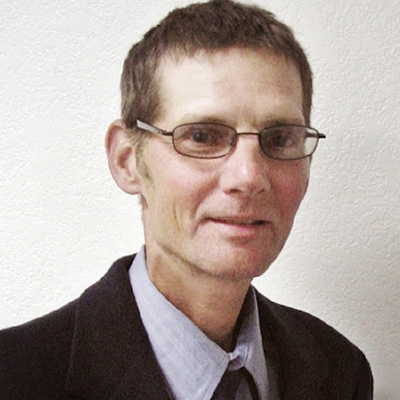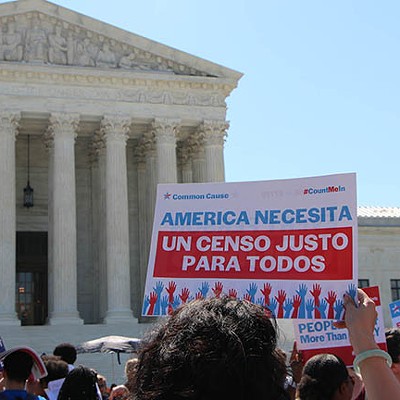Many students, along with about 35 percent of the general population, didn't bother to return their forms, which is why census workers will soon begin knocking on 109,000 doors in Tucson in an attempt to get these procrastinators counted.
But unlike most Tucsonans, lots of UA students are planning to leave town in the next two weeks, when classes end. Who would stay in this dusty hellhole for the summer if it weren't absolutely necessary?
So what has the local census office done to ensure that the thousands of students who didn't return census forms are counted before they leave town? According to Judy Gomez, head of the Tucson census office, on-campus university students have been counted over the last several weeks.
"That just goes to show how out of touch she is with what's really going on," says one source close to the UA. "She's referring to 7,000 students who live on campus, while ignoring the 28,000 who live elsewhere."
The local office has evidently chosen to treat off-campus students just like everyone else. So if they're gone for the summer when a census worker comes a-knocking, the worker will be forced to try to get whatever information they can from a neighbor.
Instead of that haphazard approach, the local office ought to do something creative: over the next two weeks, it could send its workers out to the 50 largest apartment complexes identified in the "Apartment Guide and Renters Handbook" published by the UA. That would allow many of the thousands of students who are leaving for the summer to have a chance to respond.
Not only is Tucson facing a potentially massive undercount of university students; the local census office found fewer than 800 people in shelters, at soup kitchens, on street medians and living in washes when staffers took a stab at counting the homeless in late March. That's considerably fewer transients than the 1,000-plus identified in a UA survey two years ago.
The undercounting of university students and the smaller number of homeless will mean the loss of big bucks for Tucson. Each person is worth about $560 annually in federal funds for local governments. Missing even 2,000 people will result in Tucson losing out in more than $1 million in federal assistance each year.
Despite those problems, Gomez says the census count is "going great." She reports that all the households that didn't return a form will be contacted over the next three months and asked to reply. She hopes people will be cooperative with the 1,200 census workers who are knocking on doors.
There have also been problems with counting people in Tucson's assisted living centers. Many of these people received census forms in the mail. Others who live in the same facility did not. So while census workers have sought to determine who received a form and who didn't, the possibility of huge mistakes with counting this highly vulnerable population are very high.
This cavalier attitude in dealing with people in assisted living centers was highlighted by one of the training manuals published by the Census Bureau. On a sample form for the "Live Forever Retreat" facility, the address is listed as 1234 Suicide Lane, located next door to the "Magic Potion Drink Shop." The contact person listed for the facility is Jim Jones.
The problems point to the poor management, lack of planning, and insufficient preparation which has gone into the local census effort. As one census joke goes, "They only had 10 years to get ready, but it just wasn't enough time."












